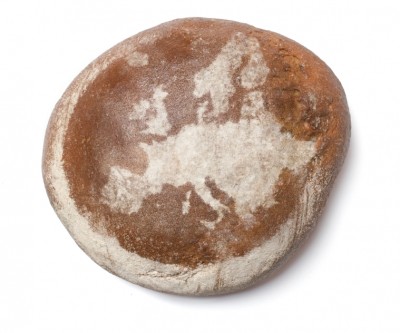Call to action: FAO places nutrient-rich millets center stage to boost global innovation

The endorsement – which was approved at the 160th session of the FAO Council held in Rome, Italy, at the beginning of December – comes against the backdrop of India celebrating 2018 as its National Year of Millets to boost production of the nutrient-rich grain, which has declined by 60% in the past five decades.
As a result, India’s Ministry of Agriculture said levels of essential nutrients like proteins, vitamin A, iron and iodine have fallen in women and children.
The FAO nominated 2023 as the International Year of Millets, which falls within the UN’s Decade of Action on Nutrition (2016-2026).
The global organization is hoping to enhance global awareness of the many benefits of nutricereals and inspire stakeholders to work towards improving production and the use of the nutritious grains in innovative food products.
Millets can be used in various forms, including processed as breakfast cereals, snacks, and as flour in baked goods.
A recent study published in the International Journal of Current Microbiology and Applied Sciences highlighted that millet flour can be successfully incorporated as an ingredient for bakery products as it does not affect the overall sensory acceptability. More importantly, it enhances the product’s nutritional value that non-enriched wheat flour would not do.
Health, social and environment
Millet is a common name for small-seeded grasses together categorized as nutricereals or dryland cereals that include sorghum (known as jowar in India), pearl millet (bajra), finger millet (ragi), little millet (sama), foxtail millet, proso millet (variga), barnyard millet, kodo millet and other millets.
The grains have numerous benefits for consumers, farmers and the environment.
At the 160th session, the FAO Council also approved India’s membership to the Executive Board of the UN’s World Food Program (WFP) for 2020 and 2021.
Established in 1961, the WFP is the world’s largest humanitarian organization addressing hunger and promoting food security.
It provides food assistance to approximately 80 million people in 75 countries each year.
Millets are less expensive and nutritionally superior to wheat and rice as they have higher levels of protein and a more balanced amino acid profile, as well as high levels of minerals such as iron, zinc and phosphorous.
Some major deficiencies like anaemia (iron deficiency), B-complex vitamin deficiency and pellagra (niacin deficiency) can be controlled though millet consumption. They can also help tackle challenges such as obesity, diabetes and dietary problems as they are gluten-free, have a low glycemic index and are high in dietary fibre and antioxidants.
Food security
Millets are an important staple cereal crop for millions of dryland farmers across Sub-Saharan Africa and Asia, offering nutrition, income and livelihood even in difficult times.
Moreover, they are photo-insensitive and resilient to climate change with a low carbon and water footprint. They can withstand high temperatures and grow on poor soils with little or no external inputs.
Study:
Satish Kumar, G. Sudha Devi, P. Joseph Raju and Dayakar Rao
Int.J.Curr.Microbiol.App.Sci.7(01): 990-999
doi: https://doi.org/10.20546/ijcmas.2018.701.119



















